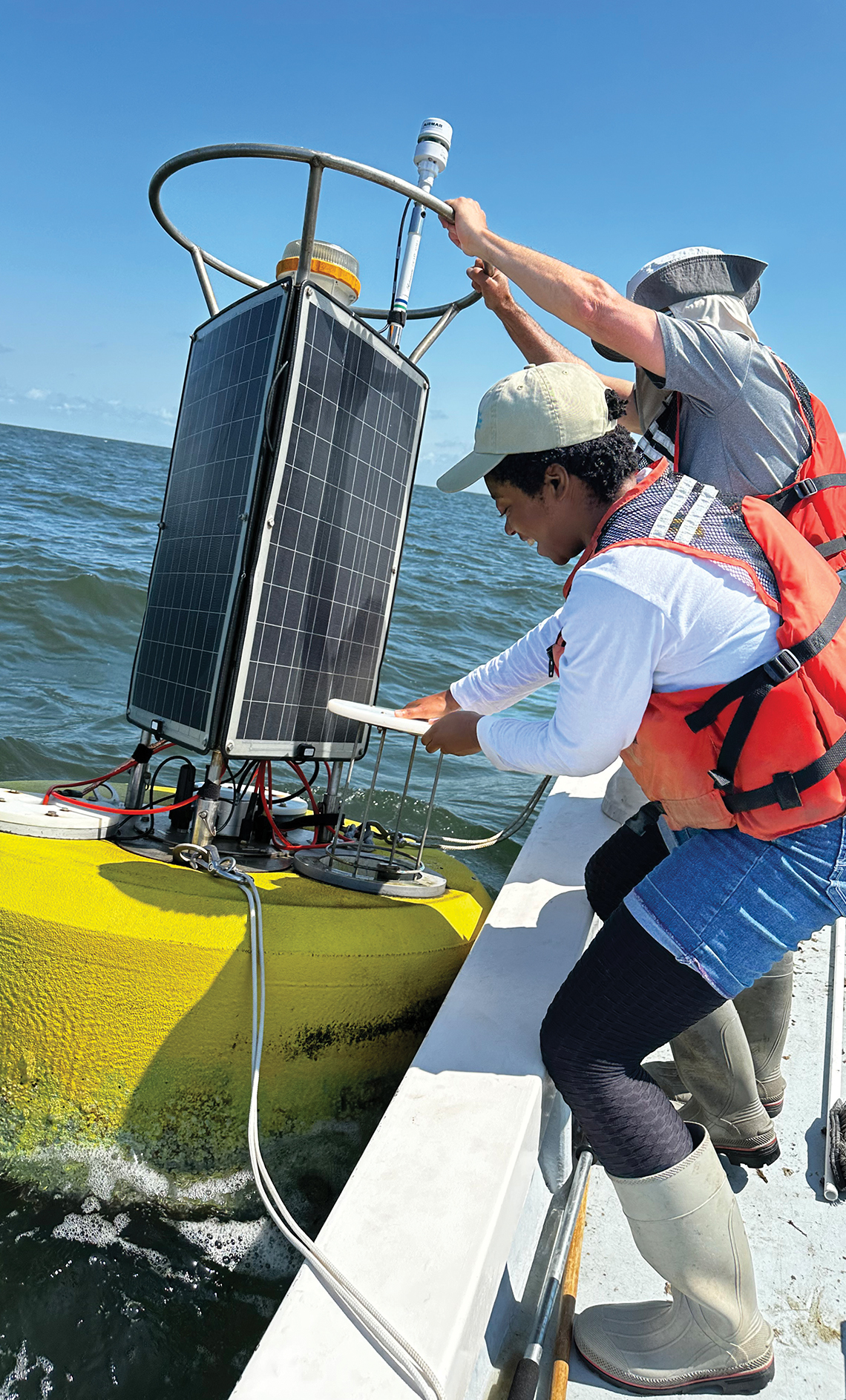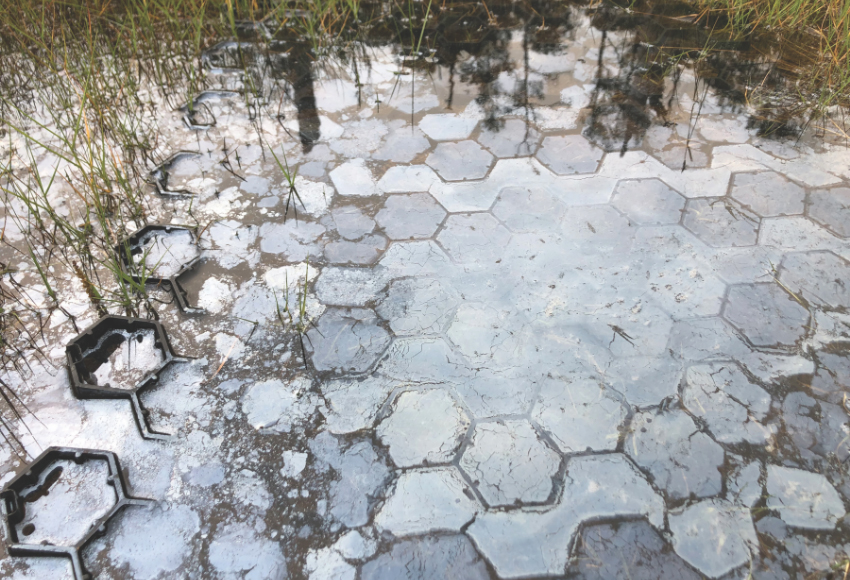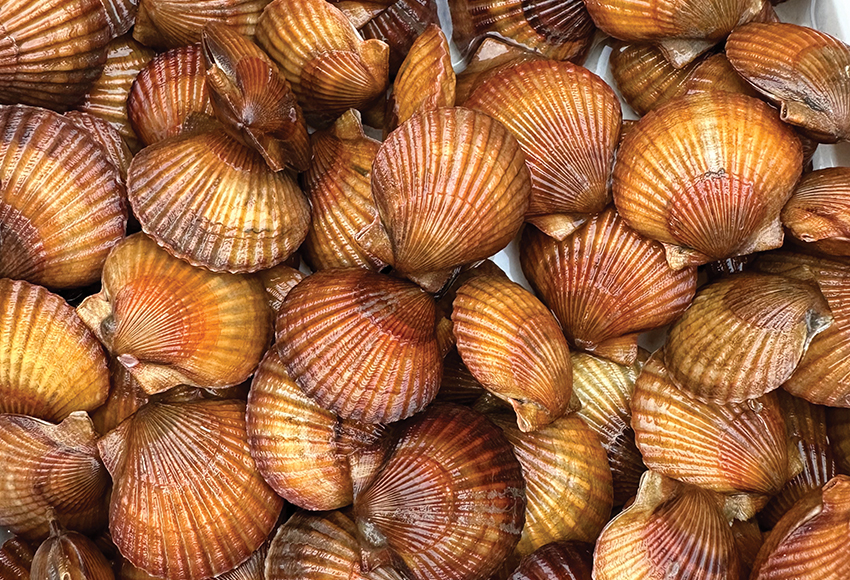The VIMS Photo Contest, now in its 24th year, recognizes the most noteworthy images captured by William & Mary’s Virginia Institute of Marine Science (VIMS) faculty, staff and students while in the field and laboratory.
Chartered in 1940, VIMS is currently among the largest marine research and education centers in the United States. VIMS has a three-part mission to conduct research in coastal ocean and estuarine science, educate students and citizens, and provide advisory service to policymakers, industry and the public. VIMS provides these services to Virginia, the nation and the world.
Graduate students in W&M’s School of Marine Science at VIMS conduct research that extends from inland watersheds to the open ocean, with an emphasis on coastal and estuarine science.
One of the four cornerstone intiatives of the university’s Vision 2026 strategic plan is Water. Over the next 50 years, one of the world’s most threatened and valuable resources will be water. Solving global issues related to water will require innovative approaches to conservation and strategies to increase resilience. As home to VIMS, one of the world’s preeminent marine science institutes — and outstanding conservation, law, policy and education programs — William & Mary is poised to be a leader in the development of solutions to these complex challenges. Our students will lead the next generation of scientists and industry professionals who steward the world’s water resources.




